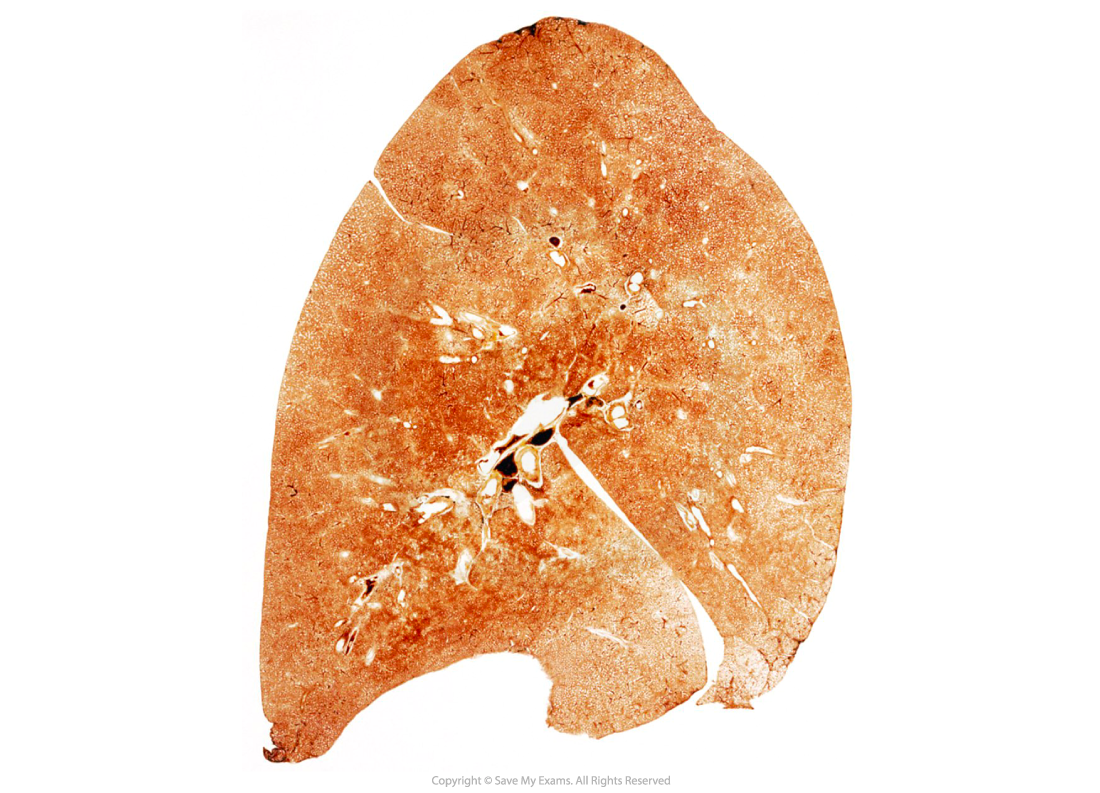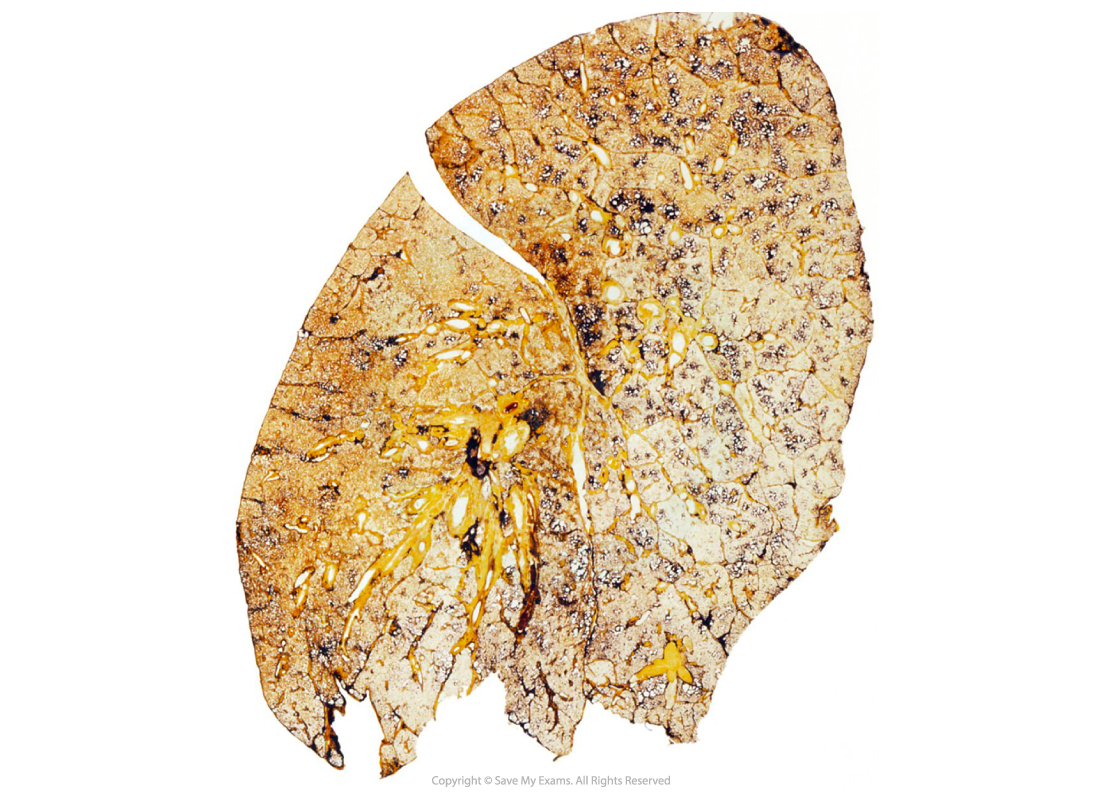- 翰林提供学术活动、国际课程、科研项目一站式留学背景提升服务!
- 400 888 0080
AQA A Level Biology复习笔记3.2.9 Pollution & Smoking
The Effects of Pollution & Smoking on the Incidence of Lung Disease
- Exposure to pollution and smoking are well-known risk factors in relation to lung disease
- Environmental pollution sources include the burning of fossil fuels and car exhaust fumes
- Exposure to pollution can be very difficult to avoid in modern society, especially for those living in more urban areas
- More studies have been carried out investigating the effect of smoking on the incidence of lung disease than pollution
- Exposure to smoking is a much easier variable to control and measure
- You can record the number of cigarettes a person smokes per day and for how many years they do it
- Studies on the effects of pollution usually draw comparisons between different urban and rural locations and the incidence of lung disease in those populations. For example, London vs Devon
Smoking
- Chemicals in cigarettes include:
- Tar – a carcinogen (a substance that causes cancer)
- Nicotine – an addictive substance which narrows blood vessels
- Carbon monoxide – reduces the oxygen-carrying capacity of the blood
Effects on air passages:
- Tar destroys the cilia (which carry dust and microbes trapped by mucus away from the lungs), causing the buildup of mucus and potentially leading to bronchitis as the lining of the bronchi become irritated
Effects on alveoli:
- Tar contributes to the break down of the walls of the alveoli, causing them to merge together
- This creates an insufficient surface area to volume ratio, allowing less gas exchange
- This reduces the efficiency of gas exchange, causing emphysema where less oxygen is carried in blood (making exercise difficult)
- Tar can also build up and form a layer on top of the alveolar cells which can increase the diffusion distance for gas exchange

Image showing a section of the lungs of a healthy individual

Image showing a section of the lungs of a smoker
Studies showing a correlation between smoking and lung disease
- Tobacco was first introduced to Great Britain over 400 years ago with many companies describing it as beneficial for your health
- It wasn’t until the 1930s that doctors started to suggest that smoking could be negatively impacting people's health in particular, lung health
- They were seeing a large number of lung cancer patients who were heavy smokers
- A famous study was carried in the 1950s to confirm the link between smoking and lung cancer by two epidemiologists, Doll and Hill
Doll and Hill Study 1951
- After an initial retrospective study trying to link smoking to an increased risk of lung cancer, they decided to carry out a prospective study
- Over a period of 50 years, they recorded the smoking habits and mortality rate of 34,000 male doctors
- They deliberately chose doctors as they felt they would give more accurate and reliable feedback when asked about their smoking habits
- How many cigarettes they smoked a day, whether they had smoked in the past etc
- Their results were significant:
- Smoking greatly increases the mortality from lung cancer and lung disease
- The greater the intensity of smoking (more cigarettes smoked per day), the higher the increased mortality
- Smoking increases the mortality rate from other cancers (throat, mouth etc)
- Giving up smoking reduces the mortality rate from lung cancer, other cancers and lung diseases
转载自savemyexams

早鸟钜惠!翰林2025暑期班课上线

最新发布
© 2025. All Rights Reserved. 沪ICP备2023009024号-1








